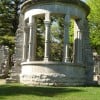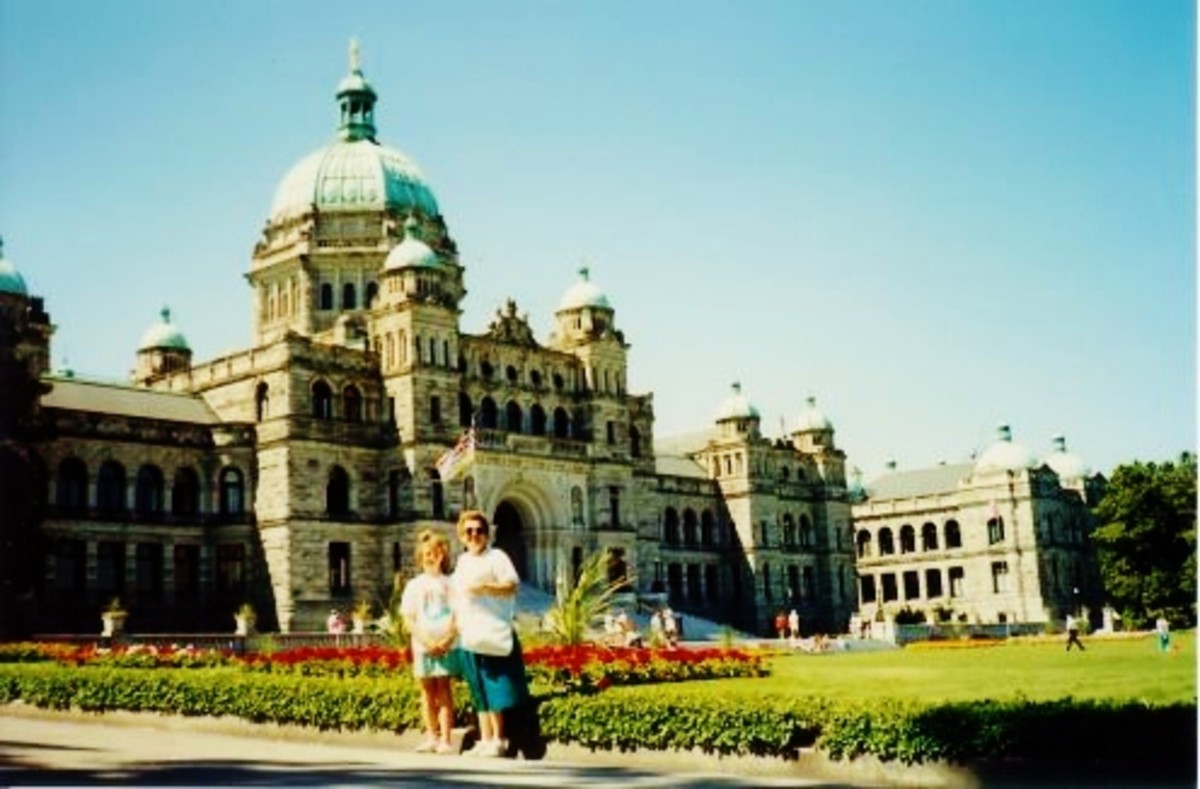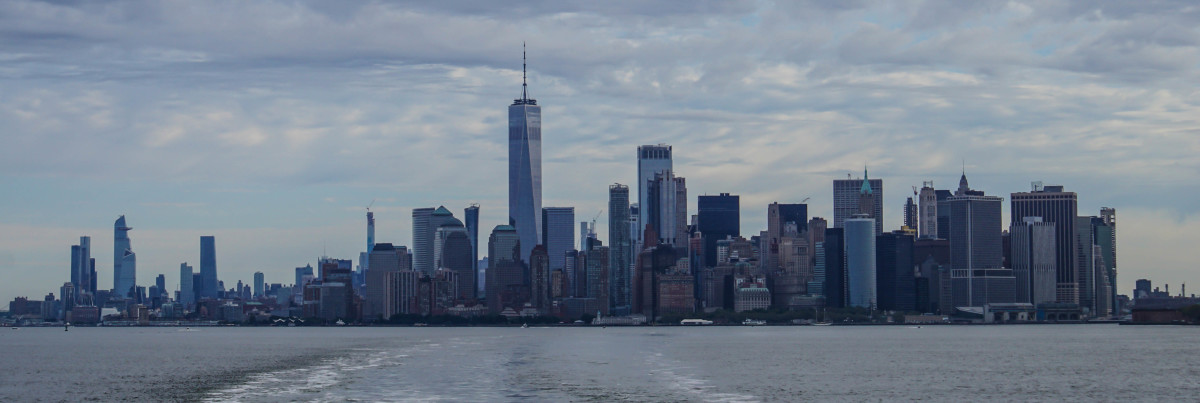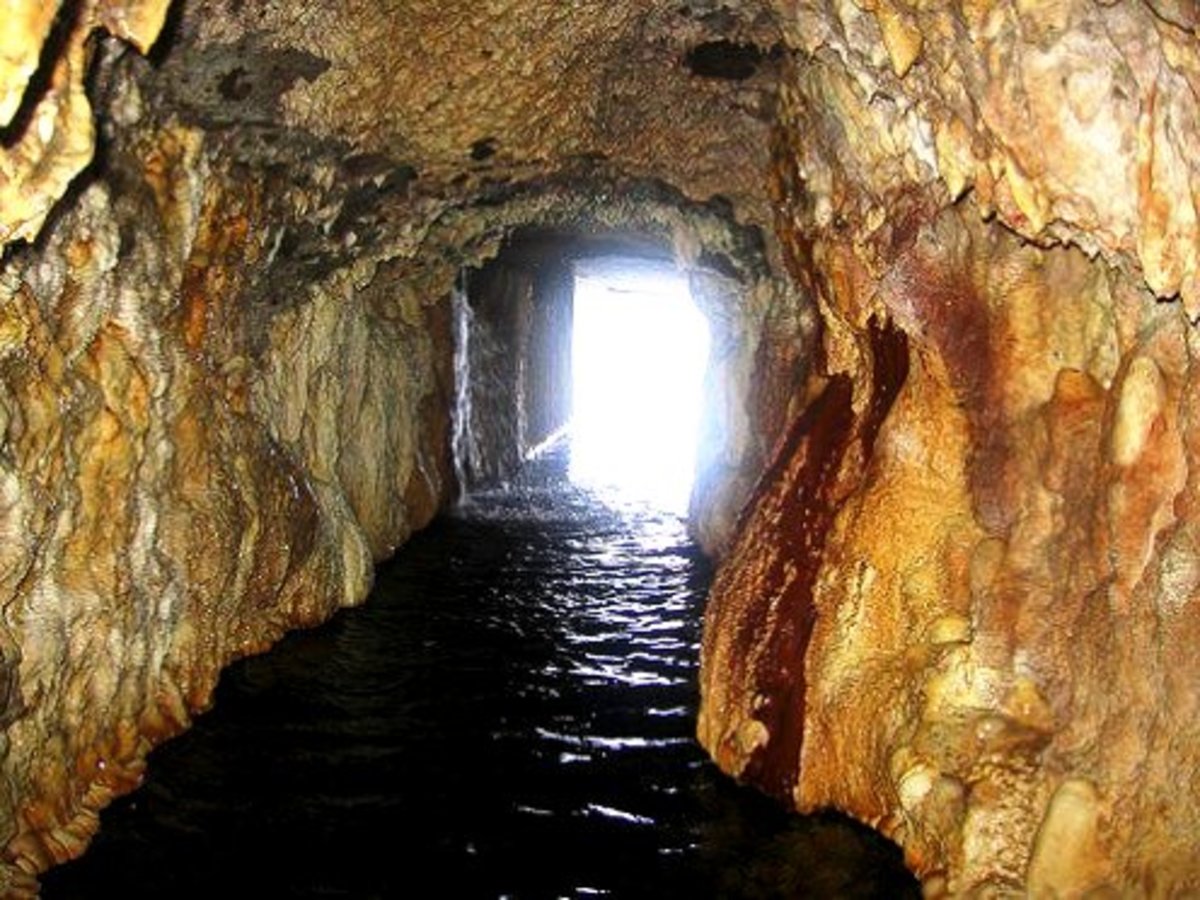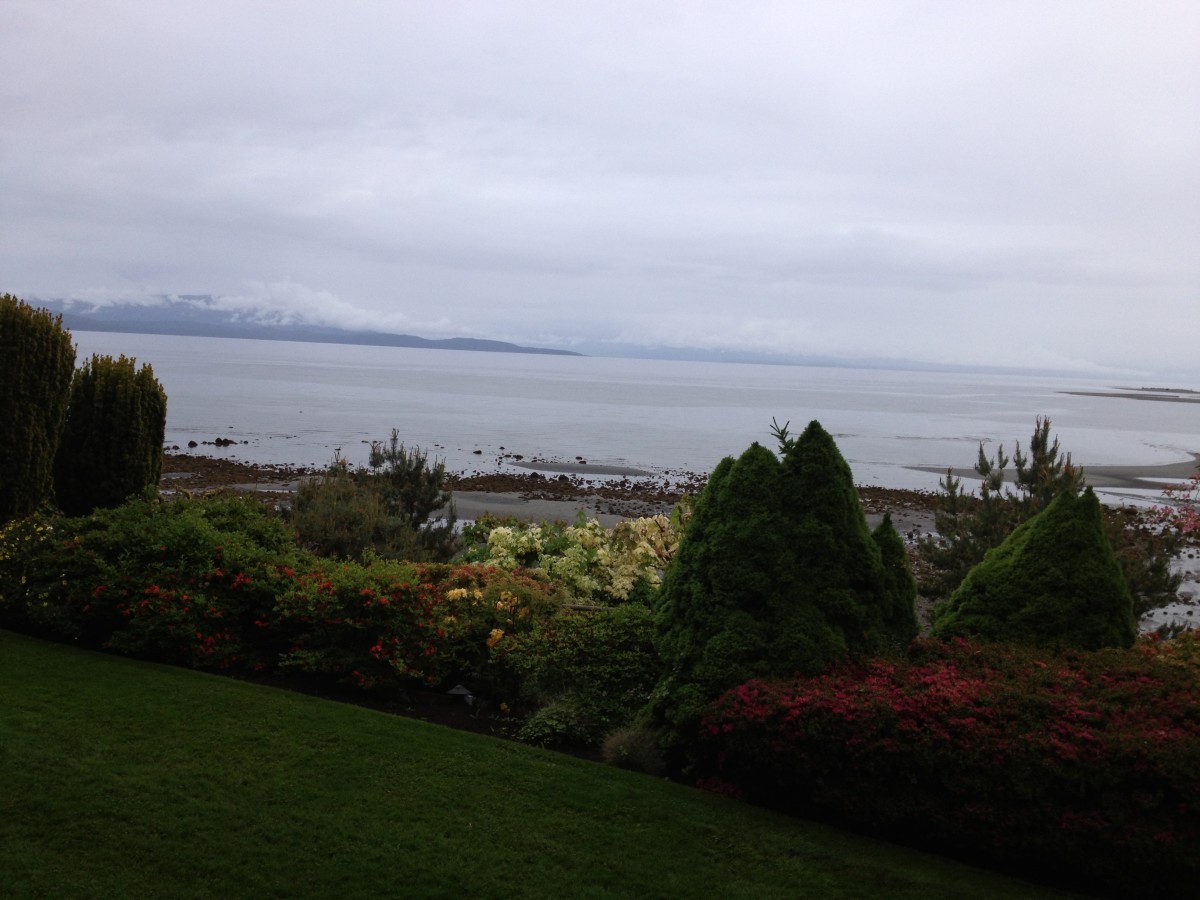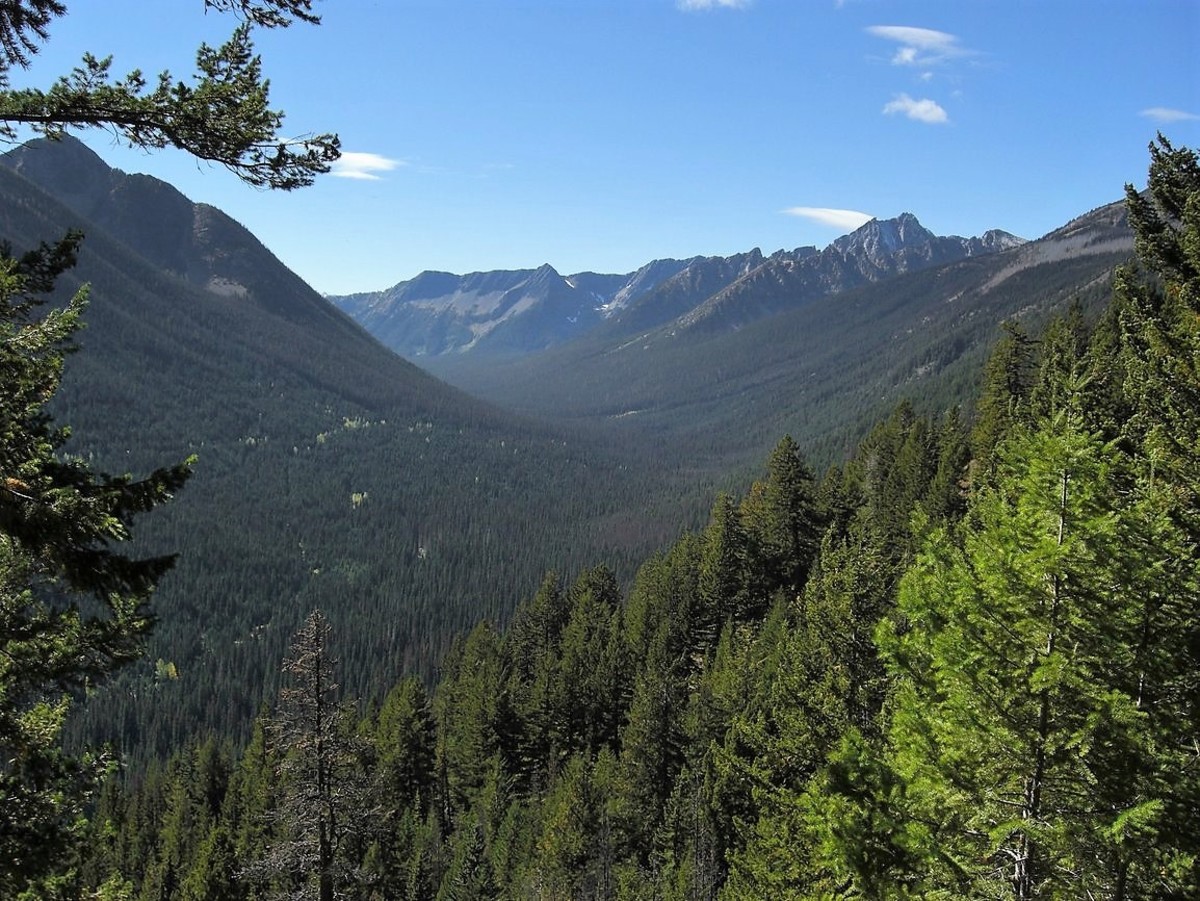Visiting Vancouver: Remembering W. T. Whiteway, Designer of the Sun Tower, Fighting Racist B.C. Architects & Philistines
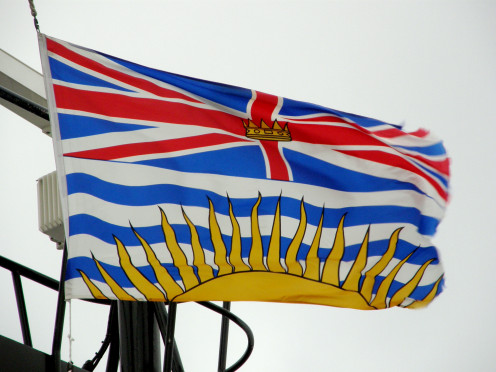
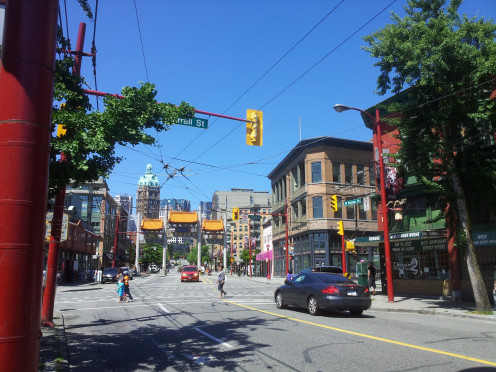
Soaring heights, racists, Orangemen and incorrect caryatids
The architect W. T. Whiteway (1856-1940)(1) was well known as a designer of Vancouver buildings in the late 19th and early 20th centuries. One of his best remembered architectural creations is the building usually known as the Sun Tower, dating from 1911/12 (2). (Originally the building was known as the World Tower, but because it was later occupied by the Vancouver Sun — and, later, still, vacated by it — the structure has been known by generations of British Columbians as the Sun Tower.) The building was commissioned by local newspaper proprietor Louis D. Taylor (1857-1946), who also later served as Mayor of Vancouver.
The Sun Tower rises to 17 storeys at 82 metres and on completion it was reputed to be the tallest building in the British Empire.
It is a brick-, tile- and terracotta-clad steel structure, with a dome and hexagonal cupola in Beaux-Arts style. Architect Whiteway collaborated with sculptor Charles Marega (1871-1939)(3) who designed a series of 9 caryatids at the cornice.
Perhaps surprisingly to some readers, Architect Whiteway was in his day at times regarded as controversial. One noted reason for being allegedly controversial was because, while in accordance with prevailing local opinion British Columbian architects were mainly racist and tried as a matter of warped 'principle' to exclude Chinese architects from working in the Province, Architect Whiteway was — in ghastly, supposed shock-horror — perfectly willing to work with Chinese professional peers in the course of his architectural work.
Around the turn of the century, W. T. Whiteway was noted as having indeed collaborated with architect W H Chow, who was being cold-shouldered by fellow architects in British Columbia because he was of the "wrong" race (4).
Ironically, the Sun Tower stands near to what is now Chinatown, in Vancouver (see photo, above).
Another reason why Architect Whiteway and, indeed, sculptor Merega, who worked with him on the Sun Tower (or, then, technically, World Building) project, were regarded as controversial, was nothing to do with the bigotry of racist critics.
The controversy went as follows: As part of the Sun Tower design, the cornice — referred to already, above — incorporated a series of 9 caryatids. Being inanimate and dozens of metres above ground level, the style the 9 caryatids sculpted by Charles Marega was yet challenged by critics, who claimed that it was aesthetically over-confident (5).
One is left with a sense of the curious flavour of the times in which Architect Whiteway and sculptor Marega lived, namely:
the approval of the Orange Order for W. T. Whiteway's Orange Hall — see also (1), below —;
mock or real (...I am not sure which...) horror by professional architect colleagues at his willingness to work with an ethnic Chinese architect;
mock or real (...again, I am not sure which...) horror at the style of 9 sculpted caryatids many storeys above the ground level of the Sun Tower.
The flavour is truly unique; welcome to early 20th century British Columbia...
The Sun Tower is located at 128 West Pender Street, Vancouver, British Columbia.
January 22, 2020
Notes
(1) Among Architect Whiteway's works are included various hotel buildings, Vancouver's Gore Avenue Orange Hall and the Chinese Times Building, and many others.
(2) See also: https://www.historicplaces.ca/en/rep-reg/place-lieu.aspx?id=5971
(3) Sculptor Marenga also notably worked on the Lion's Gate Bridge, Vancouver, and on the British Columbia Parliament Buildings, Victoria.
(4) See also: https://buildingvancouver.wordpress.com/tag/w-t-whiteway/ This disagreeable episode occurred during an era when the Chinese Exclusion Act was later to put back community relations severely.
(5) In contrast, however, to the objections a century ago of some British Columbians to the carved ornamentation on the Sun Building, the presence in some urban districts of gargoyles and caryatids — similar ornamental carvings that are sometimes mistaken for one another — have been the subject of guided tours, for example in New York City. For example, the following link details the observable gargoyles and caryatids in New York City's Flatiron district: https://www.nycwalk.com/gargoyles_flatiron_district.html
Some sourcing: Wikipedia
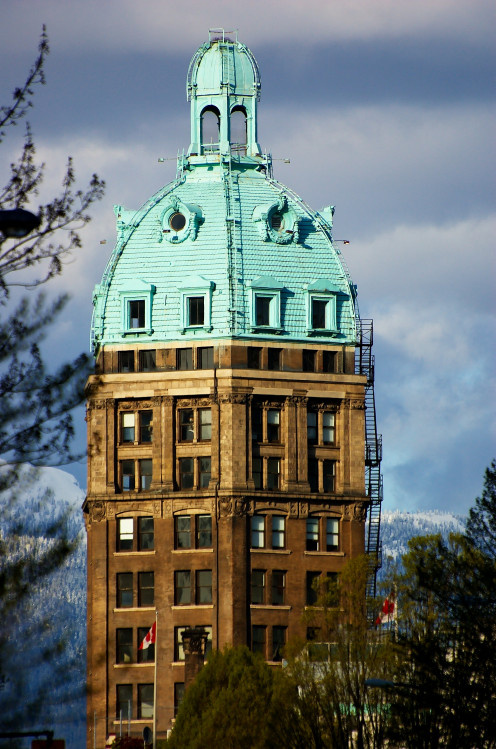
Also worth seeing
Among the numerous, outstanding visitor attractions in Vancouver, a very few of these include: The Lookout, with excellent views of the city, the surrounding Rockies and Burrard Inlet, Stanley Park and Lions Gate Bridge, Gastown; False Creek and Science World; the Vancouver Art Gallery; the 1914 Heritage Hall; the 1907 Dominion Building; the 1911 Sun Tower; the 1914 Waterfront Station; the 1919 Pacific Central Station; Granville Island; and many others.
Vancouver is also ideally situated for day trips to British Columbian mountain destinations such as Whistler (distance: 123.8 kilometres / 76.9 miles) and Peace Arch Park (Peace Arch Provincial Park in Canada and Peace Arch Historical State Park in the United States), shared between the Province of British Columbia at Surrey and the US State of Washington, at Blaine (distance: 48.9 kilometers / 30.4 miles).
............
How to get there
WestJet and Air Canada fly to Vancouver International Airport, Richmond (distance from Downtown Vancouver: 10.8 kilometres / 6.7 miles), with wide North American and other connections, from where car rental is available. Some facilities may be withdrawn without notice. You are advised to refer to appropriate consular sources for any special border crossing arrangements which may apply to citizens of certain nationalities.
MJFenn is an independent travel writer based in Ontario, Canada
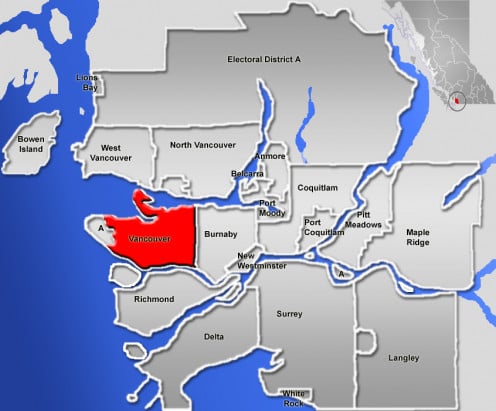
Other of my hubpages may also be of interest
- Visiting Downtown Vancouver, British Columbia: The Dominion Building, Completed 1910, Now Overlooked
Overlooked by Vancouver's 1977 Lookout, the 1910 Dominion Building was once the British Empire's tallest commercial building. Its hidden history may reveal something of local fears and anxieties more than a century ago, whether paranoid in nature or - Visiting Waterfront Station, Vancouver, British Columbia: Sedate, Neoclassical Structure Dating From
Pre-World War One solidity is the order of the day at Waterfront Station, in Vancouver's Downtown. Features include its striking Neoclassical pillars.
